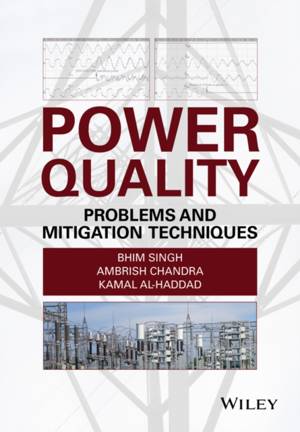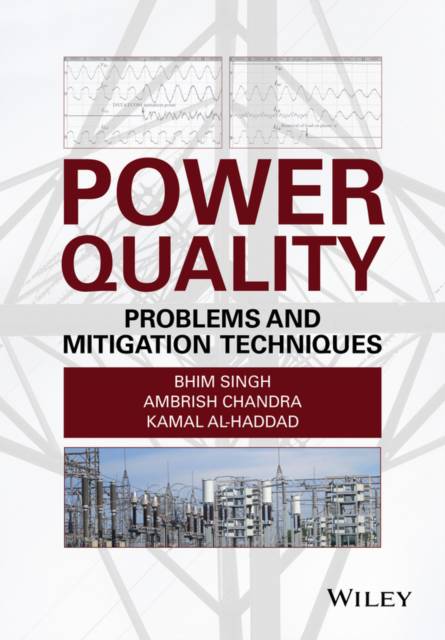
- Retrait gratuit dans votre magasin Club
- 7.000.000 titres dans notre catalogue
- Payer en toute sécurité
- Toujours un magasin près de chez vous
- Retrait gratuit dans votre magasin Club
- 7.000.0000 titres dans notre catalogue
- Payer en toute sécurité
- Toujours un magasin près de chez vous
Power Quality
Problems and Mitigation Techniques
Bhim Singh, Ambrish Chandra, Kamal Al-HaddadDescription
Maintaining a stable level of power quality in the distribution network is a growing challenge due to increased use of power electronics converters in domestic, commercial and industrial sectors. Power quality deterioration is manifested in increased losses; poor utilization of distribution systems; mal-operation of sensitive equipment and disturbances to nearby consumers, protective devices, and communication systems. However, as the energy-saving benefits will result in increased AC power processed through power electronics converters, there is a compelling need for improved understanding of mitigation techniques for power quality problems.
This timely book comprehensively identifies, classifies, analyses and quantifies all associated power quality problems, including the direct integration of renewable energy sources in the distribution system, and systematically delivers mitigation techniques to overcome these problems.
Key features:
- Emphasis on in-depth learning of the latest topics in power quality extensively illustrated with waveforms and phasor diagrams.
- Essential theory supported by solved numerical examples, review questions, and unsolved numerical problems to reinforce understanding.
- Companion website contains solutions to unsolved numerical problems, providing hands-on experience.
Senior undergraduate and graduate electrical engineering students and instructors will find this an invaluable resource for education in the field of power quality. It will also support continuing professional development for practicing engineers in distribution and transmission system operators.
Spécifications
Parties prenantes
- Auteur(s) :
- Editeur:
Contenu
- Nombre de pages :
- 600
- Langue:
- Anglais
Caractéristiques
- EAN:
- 9781118922057
- Date de parution :
- 16-02-15
- Format:
- Livre relié
- Format numérique:
- Genaaid
- Dimensions :
- 175 mm x 246 mm
- Poids :
- 1038 g

Les avis
Nous publions uniquement les avis qui respectent les conditions requises. Consultez nos conditions pour les avis.






